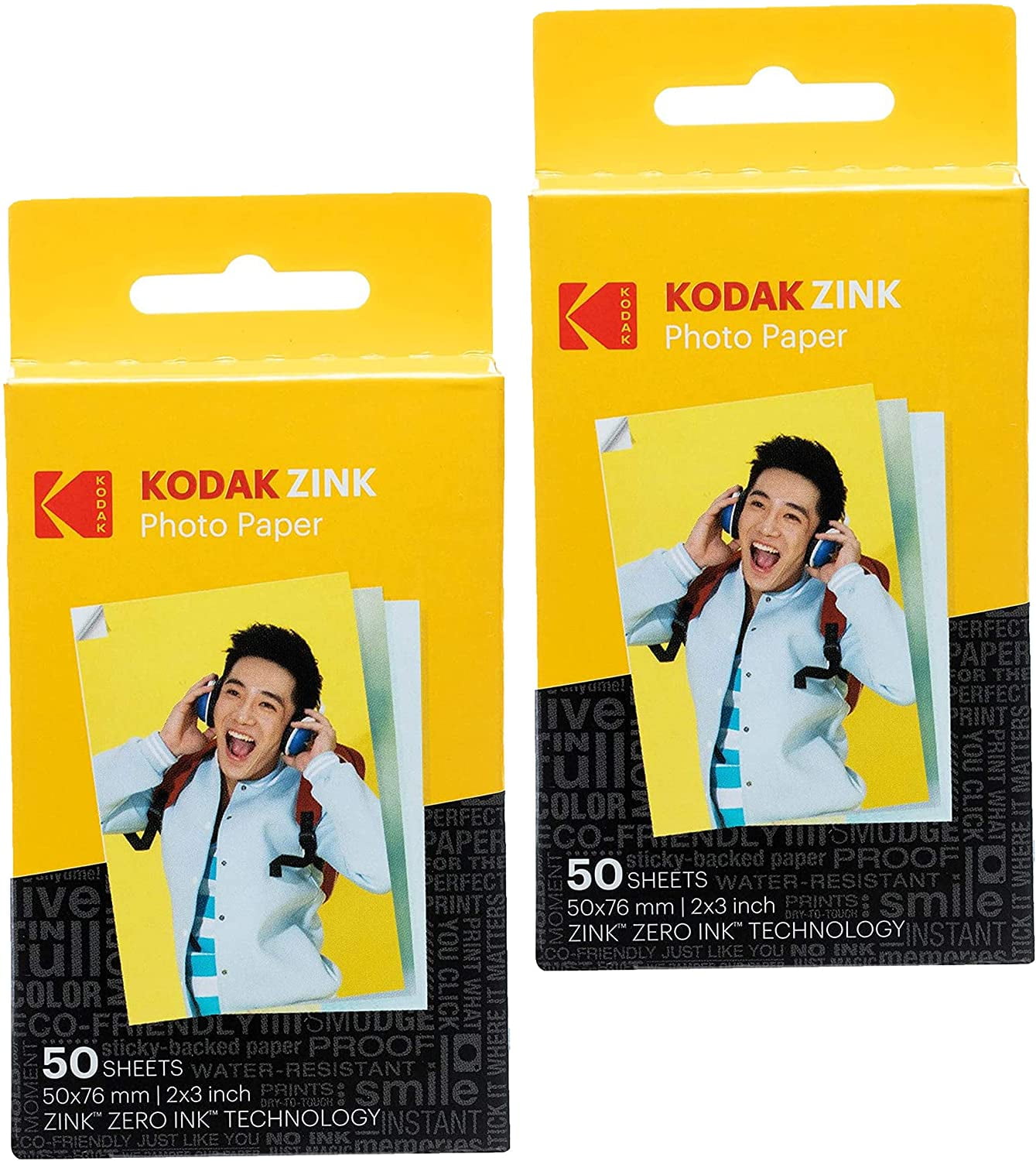
These selections tend to take about half as long to print than their dye-sublimation counterparts, and their per shot price comes out to about half the cost as well in many cases.

This is because Zink offers two very specific advantages. The color cast and blurriness issues that frequently affect Zink printers may seem unacceptable now that dye-sublimation has established a more significant presence, but we've left a few on our list and even added a more recent model, the Kodak Smile.

We decided to remove a few outdated Zink-based printers in order to make room for the Canon SELPHY QX10, Polaroid Hi-Print, and Kodak Mini 3 Retro, all of which are dye-sublimation models that offer sharpness and color reproduction previously relegated to full-size photo printers. As this technology has been further perfected several new printers that utilize it have been released. There are several types of processes used among instant printers, all of which offer certain pros and cons, but dye-sublimation stands out from the others as the clearly superior method in terms of raw image fidelity. When paired with a smartphone these devices allow you to print photos long after they're taken, create multiple prints of the same image, and even edit and preview pictures before printing them, all of which are features that are hard to replicate with an analog camera.

These clever standalone printers produce the same fun, physical novelties, but are much more versatile. The popular resurgence of instant photography has continued to grow, however, not everyone is a photography enthusiast who's willing to carry a bulky Polaroid around their neck.


 0 kommentar(er)
0 kommentar(er)
